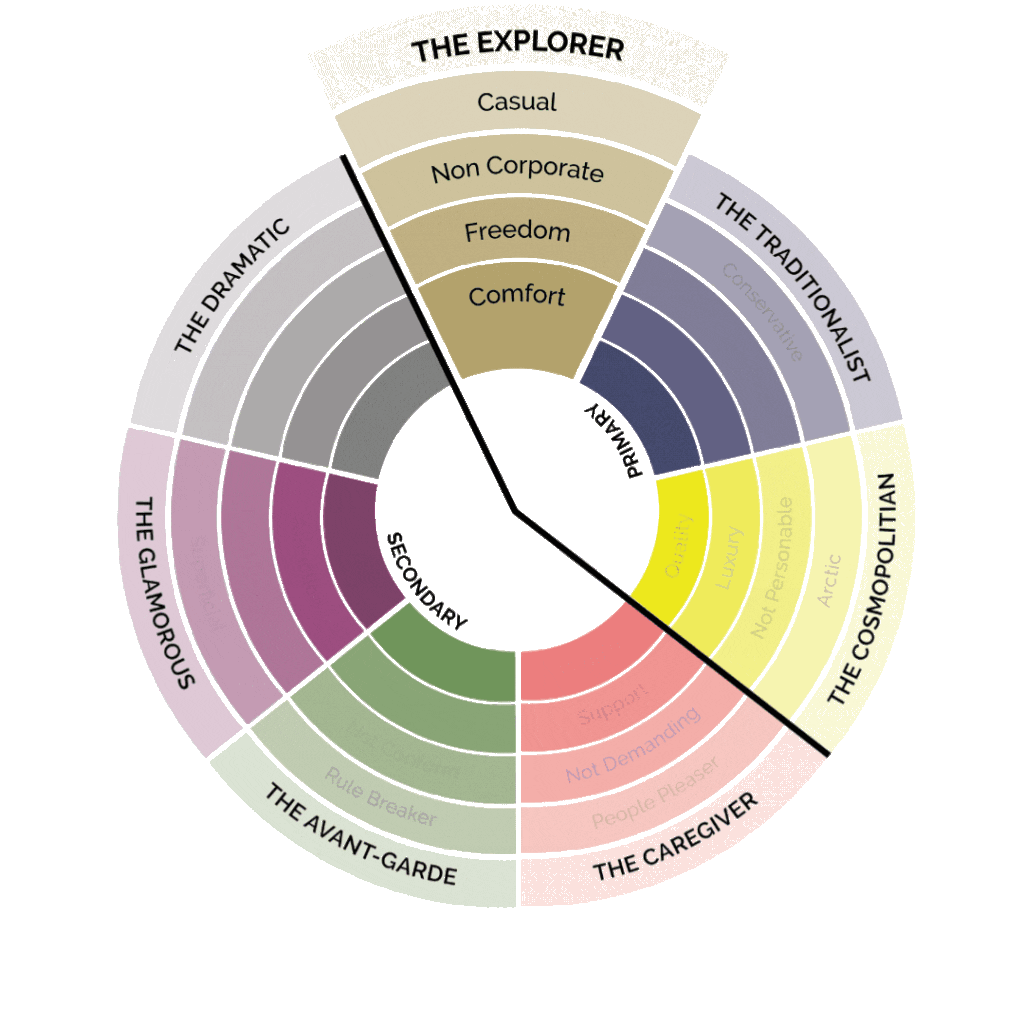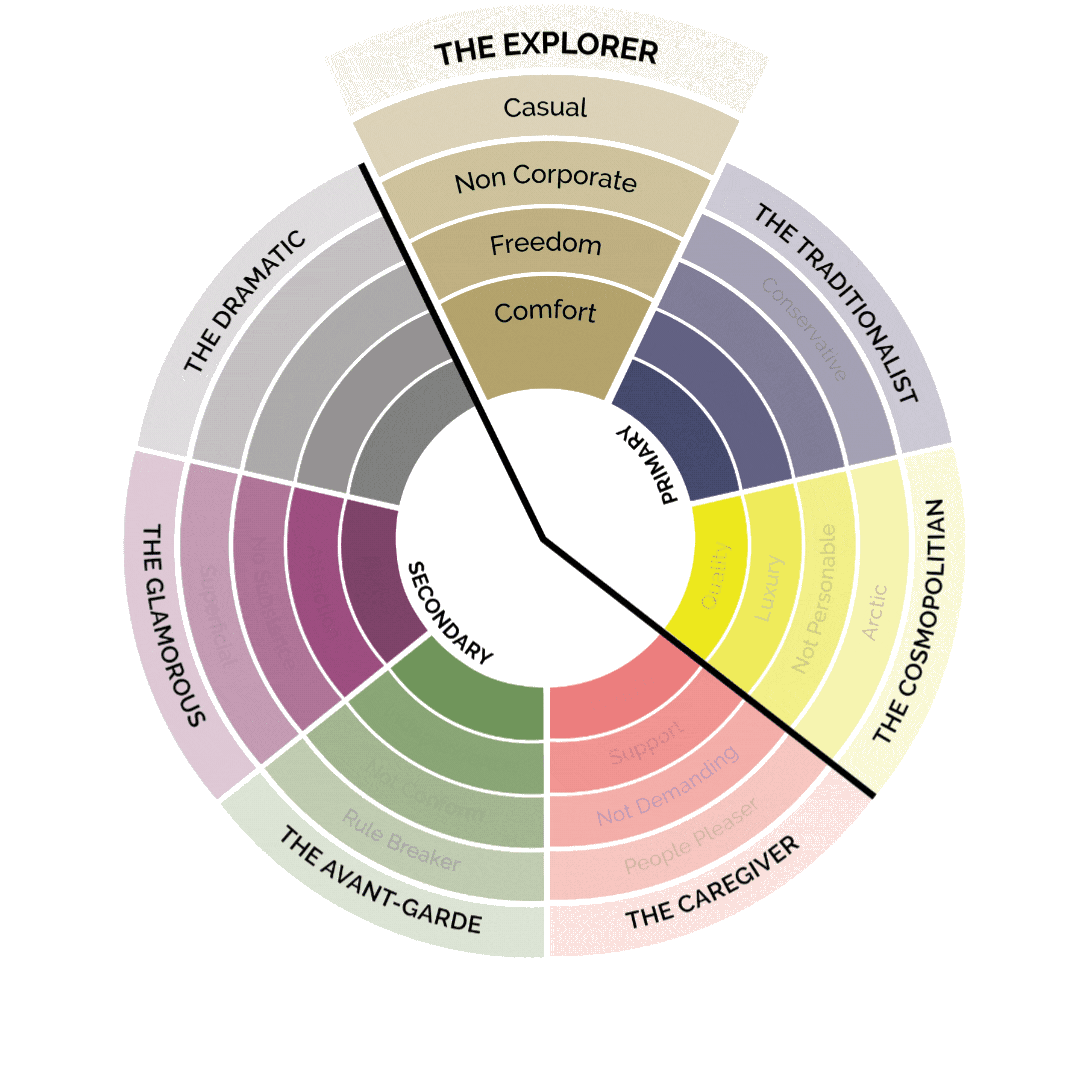10 Must-Ask Culture Questions to Build Strong Connections
Team alignment isn’t just about agreeing on goals; it’s about creating a culture where everyone feels like they truly belong, where their contributions matter, and where the purpose behind the work inspires them daily. But let’s be honest: alignment isn’t always easy to spot. You might think everything’s running smoothly while under the surface, miscommunications or mismatched expectations are brewing.
The secret to uncovering the truth? Asking the right culture questions. These questions aren’t just conversation starters—they’re tools to gauge the pulse of your team and uncover insights that could transform the way you work together. Let’s dive into the 10 culture questions every manager should ask to ensure their team is aligned, motivated, and moving forward as one.
Key Takeaways
- Alignment is built on understanding team dynamics and values.
- Culture questions reveal what drives team members beyond the task list.
- Asking open-ended questions fosters trust and collaboration.
- Misalignment often stems from unclear communication or neglected feedback.
- Regular check-ins with these questions can strengthen relationships and performance.
- Alignment isn’t static—it requires consistent effort and reflection.
Why Culture Questions Matter for Team Alignment
Culture questions are the bridge between where your team is and where they need to go. They uncover the hidden dynamics, unspoken frustrations, and shared aspirations that impact productivity and morale. A leader who regularly asks culture questions demonstrates that they care about their team’s experience—not just the bottom line.
Think about it: when was the last time you asked your team, “What does success look like for you?” or “What would make our work environment more supportive?” These aren’t just icebreakers; they’re the foundation of trust and clarity. Without them, teams risk drifting into silos, with individuals working toward conflicting priorities or feeling undervalued. Culture questions realign those priorities and remind everyone of the shared vision.
Culture isn’t built by chance—it’s shaped by intentional curiosity.
Question 1: What motivates you to do your best work?
This question goes beyond surface-level curiosity—it’s a direct line into understanding what drives each team member on a personal level. When you uncover what fuels their enthusiasm and effort, you can align their roles with what matters most to them. For example, if someone is motivated by learning new skills, you can ensure they have opportunities for growth through training or challenging projects. If another team member thrives on recognition, you can make a point to celebrate their achievements more openly.
Motivation isn’t one-size-fits-all, and ignoring this individuality can lead to disengagement or even burnout. By tailoring responsibilities and rewards to align with personal values, you not only boost individual performance but also strengthen the team as a whole. A motivated team is a productive team, and this question ensures you’re laying the foundation for both personal and organizational success.
Question 2: What does a supportive work environment look like to you?
This question gets to the heart of what your team needs to thrive. Supportive work environments look different to everyone, so asking this allows you to understand unique needs and perspectives. For some team members, it might mean having the right tools and resources at their disposal. For others, it could be flexible work schedules, clear communication, or simply feeling like they’re heard and valued.
By uncovering these preferences, you can identify gaps in your current environment and create tailored solutions that boost morale and engagement. A supportive workplace reduces stress, fosters collaboration, and empowers individuals to bring their best selves to work. When employees feel supported, they’re more likely to go the extra mile, innovate, and contribute to the organization’s overall success. This question is more than a check-in; it’s a gateway to building a culture where every team member can thrive.
Question 3: Are there any unspoken rules or dynamics affecting our culture?
Every team has its own unspoken rules—those unwritten expectations and subtle dynamics that shape how people interact and work together. This question invites team members to voice what often goes unnoticed but can have a significant impact on morale and productivity. For example, are there unspoken expectations around staying late or taking on extra work without recognition? Are certain team members hesitant to speak up because they feel their ideas won’t be valued?
By addressing these hidden dynamics, you create an opportunity for transparency and fairness. It’s a chance to dismantle barriers that might be holding the team back, ensuring that every individual feels empowered to contribute fully. Organizations that tackle these underlying issues head-on often see improved collaboration, stronger trust, and a culture where innovation thrives. This question is a key step toward understanding and resolving the invisible challenges that could otherwise derail alignment and success.
Question 4: Are there any unspoken rules or dynamics affecting our culture?
This question cuts to the core of employee satisfaction and engagement. Feeling valued isn’t just a nice-to-have—it’s a fundamental driver of motivation and retention. When team members know their work is seen and appreciated, they are more likely to go above and beyond, contributing innovative ideas and taking ownership of their roles. On the other hand, a lack of recognition can lead to disengagement, frustration, and even turnover.
By asking this question, you open the door for honest feedback about whether your team members feel their efforts are acknowledged. It also provides insights into any gaps in your recognition strategies. For example, are you celebrating individual achievements enough, or focusing too heavily on team-wide recognition? Are quieter contributions being overlooked in favor of more visible ones? Taking the time to address these nuances can create a culture where every employee feels valued, respected, and motivated to perform at their best. Ultimately, this fosters a stronger, more cohesive team that’s aligned with the organization’s goals.
Question 5: What’s one thing you’d change about our communication style?
Communication is the backbone of any successful team, yet it’s often where things go wrong. This question gives team members a safe space to point out what’s working—and what isn’t—when it comes to how the team exchanges ideas, feedback, and information. Are meetings too frequent or disorganized? Is important information getting lost in endless email chains? Or maybe there’s a need for more transparent conversations about challenges and expectations.
By addressing these pain points, you’re not just fixing communication issues; you’re fostering an environment of trust and openness. Clear and effective communication minimizes misunderstandings, speeds up decision-making, and ensures everyone is on the same page. On a larger scale, organizations that prioritize communication see higher productivity, stronger collaboration, and better morale. This question might seem simple, but its answers could pave the way for profound improvements in how your team operates and connects.
Question 6: How do you think we handle conflict as a team?
Conflict is inevitable in any team, but how it’s addressed can make or break the dynamics. This question invites honest feedback on whether your team feels equipped to handle disagreements constructively. Are conflicts addressed directly or swept under the rug? Do team members feel comfortable voicing differing opinions, or is there a fear of backlash?
Understanding your team’s perspective on conflict resolution helps identify potential gaps in your approach. For instance, unresolved tensions can lead to resentment, poor collaboration, and ultimately, reduced productivity. On the flip side, a team that knows how to navigate disagreements with respect and fairness becomes stronger and more resilient. By asking this question, you’re signaling to your team that their concerns matter and that you’re committed to fostering a safe, open environment where challenges can be tackled together. Organizations that prioritize effective conflict management see higher engagement, better communication, and long-term harmony, making this question a cornerstone of sustainable success.
Question 7: What do you think our team’s greatest strength is?
This question celebrates what your team is doing well and reinforces a sense of pride and unity. When team members take a moment to reflect on strengths, it shifts the focus from challenges to accomplishments, creating a positive mindset. Maybe your team excels in collaboration, innovation, or resilience during tough times. By identifying and discussing these strengths, you’re not just boosting morale—you’re also giving the team a roadmap for what to amplify in the future.
Understanding your team’s strengths also gives managers valuable insights into what makes the group unique. These strengths can become a cornerstone of your organization’s culture and a competitive advantage. For instance, if adaptability is cited as a key strength, it’s an indicator that your team can thrive in changing conditions, which is a huge asset in today’s fast-paced world. Recognizing and leveraging these strengths fosters alignment, motivation, and a shared sense of purpose, setting your team and the organization up for sustained success.
Question 8: Are we living up to our core values as a team?
Core values are the foundation of your team’s identity and decision-making framework. This question prompts reflection on whether daily actions and interactions align with the principles your organization claims to stand for. For example, if collaboration is a core value, is the team genuinely working together, or are there silos forming? If innovation is emphasized, are people encouraged to take risks and propose new ideas?
Asking this question fosters accountability and reinforces a shared sense of purpose. It’s a reminder to team members that values aren’t just words on a wall; they’re a compass guiding behavior and decisions. For organizations, living up to core values builds trust internally and externally, strengthening reputation and employee engagement. A team that consistently aligns with its values is one that thrives, adapts, and succeeds in the long run.
Question 9: What skills or tools would help you feel more confident in your role?
Confidence at work often stems from having the right resources, skills, and support to meet the demands of the job. This question allows managers to identify where team members feel they’re falling short—not due to a lack of ability, but because they might lack the tools or training necessary to succeed. For instance, someone might express the need for better software to streamline their workflow or request mentorship to sharpen their leadership skills.
By addressing these needs, you’re investing in the individual’s growth and the team’s overall success. Teams equipped with the right tools and knowledge are more productive, innovative, and resilient under pressure. This question also fosters trust by showing that you’re genuinely committed to empowering your team, not just assigning tasks. Ultimately, a well-supported team becomes a powerhouse of confidence and capability, driving organizational success forward.
Question 10: How do you see your role contributing to our larger mission?
This question bridges the gap between day-to-day tasks and the larger organizational purpose. It helps team members see the value of their contributions within the bigger picture, reinforcing their sense of purpose and motivation. When individuals connect their work to a broader mission, it’s no longer just about ticking boxes—it’s about making a meaningful impact. For instance, a designer might realize their work isn’t just about creating visuals but about communicating the brand’s values to a global audience.
By asking this, you’re encouraging employees to reflect on their significance within the team, which can boost morale and engagement. It also gives you valuable insights into how well your team understands the organization’s goals. If there’s a disconnect, it’s an opportunity to realign and provide clarity. Organizations that consistently link individual roles to their mission enjoy higher employee satisfaction, stronger performance, and a unified team working toward shared success.
When you ask, you empower; when you listen, you lead.
What to Do with the Answers to these Culture Questions
Asking these questions is only the first step—the real impact comes from what you do next. Take time to actively listen, document insights, and identify recurring themes. If several team members mention unclear communication or a need for better conflict resolution, those become action points.
Prioritize transparency. Let your team know how their feedback will be used to make changes. For example, if many suggest improving how recognition is given, create a system for celebrating wins, big and small. Culture isn’t a one-person job; it’s co-created, and acting on these answers shows your commitment to making the workplace better for everyone.
Only action can transform your good intentions into a great culture.
ADDITIONAL RESOURCES
Psychological Safety and Learning Behavior in Work Teams
This study examines how psychological safety influences team learning and performance.
The Power of Psychological Safety: Investigating its Impact on Team Learning, Team Efficacy, and Team Productivity
This research explores the effect of psychological safety on various aspects of team dynamics.
FREQUENTLY ASKED QUESTIONS
How often should managers ask culture questions?
Regularly! Consider incorporating them into one-on-one meetings, quarterly reviews, or team check-ins to maintain alignment over time.
What if team members are hesitant to answer honestly?
Create a safe space by emphasizing that feedback is valued and will be used constructively. Anonymous surveys can also help.
How do I act on the answers to culture questions?
Identify common themes, prioritize actionable changes, and communicate transparently with the team about how their input is being implemented.
Unlocking Alignment: Why Asking Culture Questions Transforms Teams

When leaders ask culture questions, they’re not just gathering input—they’re opening the door to understanding what truly drives their team. These questions dig beneath the surface, uncovering hidden challenges and unspoken opportunities that might otherwise go unnoticed. They help leaders bridge gaps, build trust, and align everyone toward shared goals. By intentionally engaging in these discussions, you’re not just solving immediate problems—you’re creating a culture of openness and collaboration that fuels long-term success.
So, what’s stopping you from starting the conversation that could redefine how your team works together? After all, the questions you ask today might just shape the successes you achieve tomorrow.




